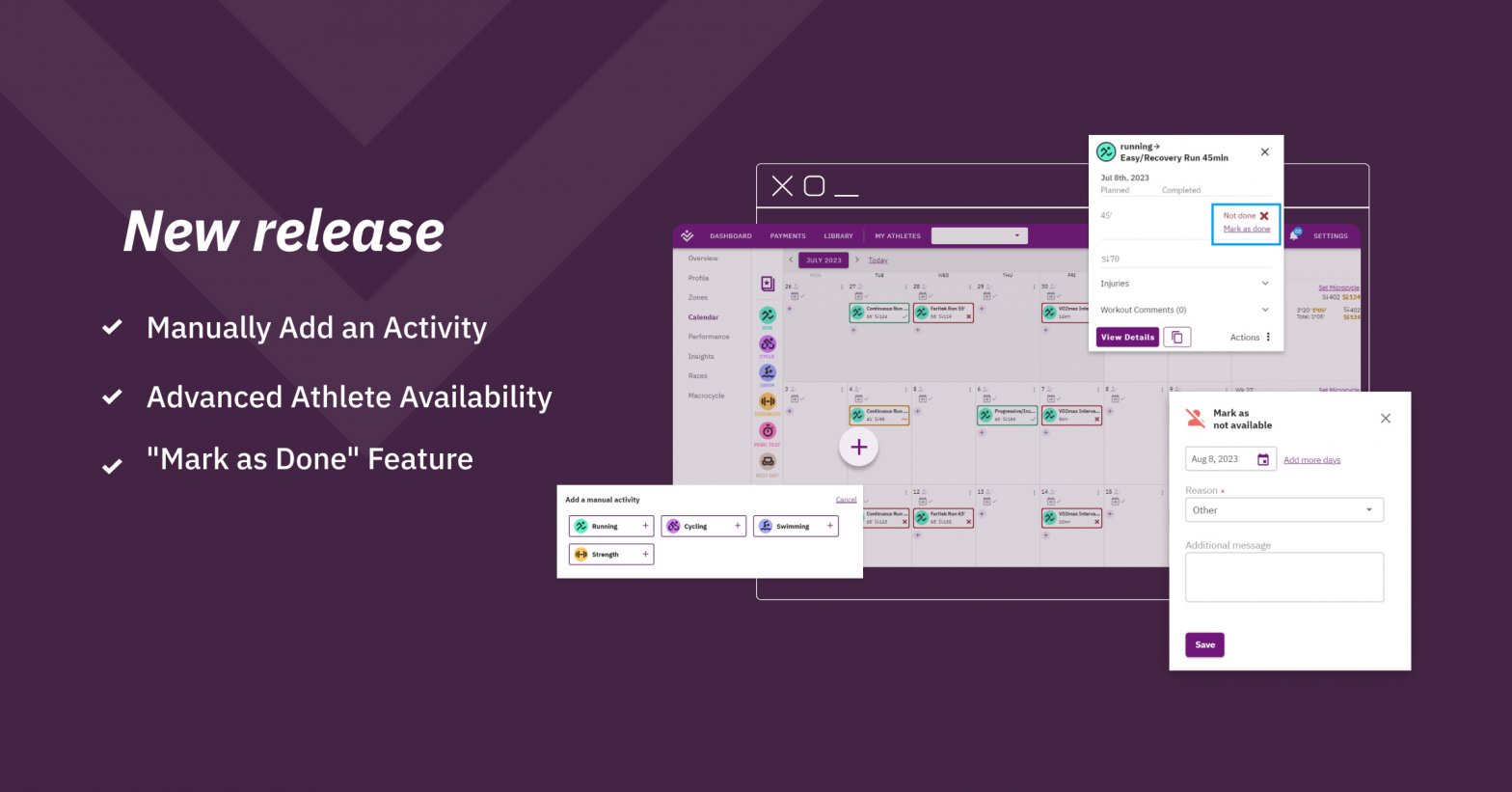In sports science — especially in the field of research — there are three levels of intensity, or training zones, that are used to determine the intensity of exercise. To elaborate, the first zone is called moderate intensity and is defined as the first lactate threshold. The second is called heavy intensity and is placed between the first lactate threshold and the critical velocity (CV). And, finally, the third zone, called severe or high intensity, is located between the CV and the VO2max. (Jones et. al 2010). In this article, we’re going to touch on one of the most important third zone running workouts, the Tempo Run.
What is a tempo run?
The tempo run is a running workout performed at a continual pace intensity that corresponds approximately to the CV, or up to the VO2 max level. It is undoubtedly one of the most popular training methods, and is widely used in the training process. It is no coincidence that both coaches and self-coaching athletes often include tempo runs in their training plan; especially since the adaptations they bring upon the body — and, consequently, performance — are remarkable.
However, for this workout to cause the desired adaptations, it needs to be executed properly; and, for its proper execution, the athlete needs to follow the two main criteria that constitute the tempo run.
What are the two key components of the Tempo Run method?
All in all, tempo runs are made of two key components that every athlete should be mindful of, when deciding to incorporate them in their training plan. These include:
1. High-intensity level
One of the key components of this method is the high-intensity level. To be more specific, the tempo run is performed at an intensity between 88-100% of lactate threshold (LT) — an overall demanding intensity, for both the cardiorespiratory and the musculoskeletal systems; considering that the heart rate during exercise, ranges between 75-85% of the maximum heart rate (Brickley et. al 2002).
2. Duration
Due to the demanding nature of the tempo run, its duration should range from 10 to 20 minutes (Barker et. al 2011). More often than not, this workout is implemented into a continuous running workout — following the intensity that corresponds to the athlete. Yet, sometimes, it is also implemented in interval training; specifically, where there is either a passive or an active break.
It’s wise to keep in mind that the tempo run workout implementation should be subject to a coach’s professional judgment. If anyone knows how to make this method work for the athlete, without causing injuries, that’s a certified coach. Nonetheless, according to general guidelines, the shorter the exercise, the higher the intensity level needs to be; yet, this depends on the athlete’s profile, as well.
Why does an endurance athlete need tempo run workouts?
We mentioned earlier that the tempo run training method greatly improves the athlete’s performance. Now, let’s examine why a runner should include this type of workout in their training.
The main adaptations occurring following the tempo run method are:
- the increase of the speed corresponding to LT, as well as
- the reduction of the rate production of lactic acid in the blood, thus reducing its accumulation.
This adjustment results in the athlete reaching a slower rate of fatigue at that intensity; hence, allowing them to run for a longer period of time with the same intensity, or to maintain a higher speed for a certain duration.
The benefits of tempo runs, at a glance
As explained previously, in demanding endurance races, it’s all about optimizing performance; and, the tempo run method plays a crucial part in this type of effort. Probably the most important benefit an athlete reaps when applying the tempo run properly during the training period, is the observed increase in their lactate threshold. This automatically means that the athlete will be able to run at an eveν higher speed; which will correspond as a percentage to the same point in the lactation curve.
So, all things considered, why would a runner want to integrate tempo runs into their training plan?
1. Improves aerobic fitness, thus endurance
We’ve covered, by now, that the runner should be able to maintain their tempo pace for 10-20 minutes. Overall, this helps build their lactate threshold, therefore improve their aerobic capacity and minimize fatigue. The more the athlete practices running at a tempo pace — based on their profile and training — the longer they can keep going, without feeling tired.
2. Increases speed or distance
Another important benefit of the tempo run workout is the fact that the body adapts to running at a faster pace, or for a longer distance. Naturally, this is a corollary of improved aerobic capacity; so the athlete needs to get there first, to be able to increase speed or distance.
3. Builds mental endurance
If anything, the last thing a runner wants on the race day is for their body to start giving up on them, in the middle of the competition. Yet, that’s exactly what the brain tries to get the body to do, as it senses it’s being ‘threatened’. As a result, the brain starts sending signals for energy preservation, to avoid damage. However, when the athlete is not in control of this mechanism, they eventually succumb to the brain’s command.
That’s where the tempo run comes in. Apart from helping build physical endurance, it also helps to develop the mental toughness an athlete needs to cope with challenging endurance races.
4. Makes the training more exciting
Integrating tempo running in the athlete’s routine makes the overall training experience more exciting for them. Besides, a tempo run is quite short in duration (usually 10-20’), and this change in pace feels stimulating for most runners.
In conclusion
Undeniably, the tempo run has a lot of benefits for an athlete; as long as it’s utilized at the right timing in the training process, and is fully adapted to the physiological profile of the athlete.
What’s more, this method offers the ability to explore the effect of different combinations of duration, intensity, and frequency, making the training process not only highly effective but also exciting for the athlete.
At the end of the day, it wouldn’t be an exaggeration to say that any athlete who is committed to competing in an endurance race, should include tempo runs in their training plan.


